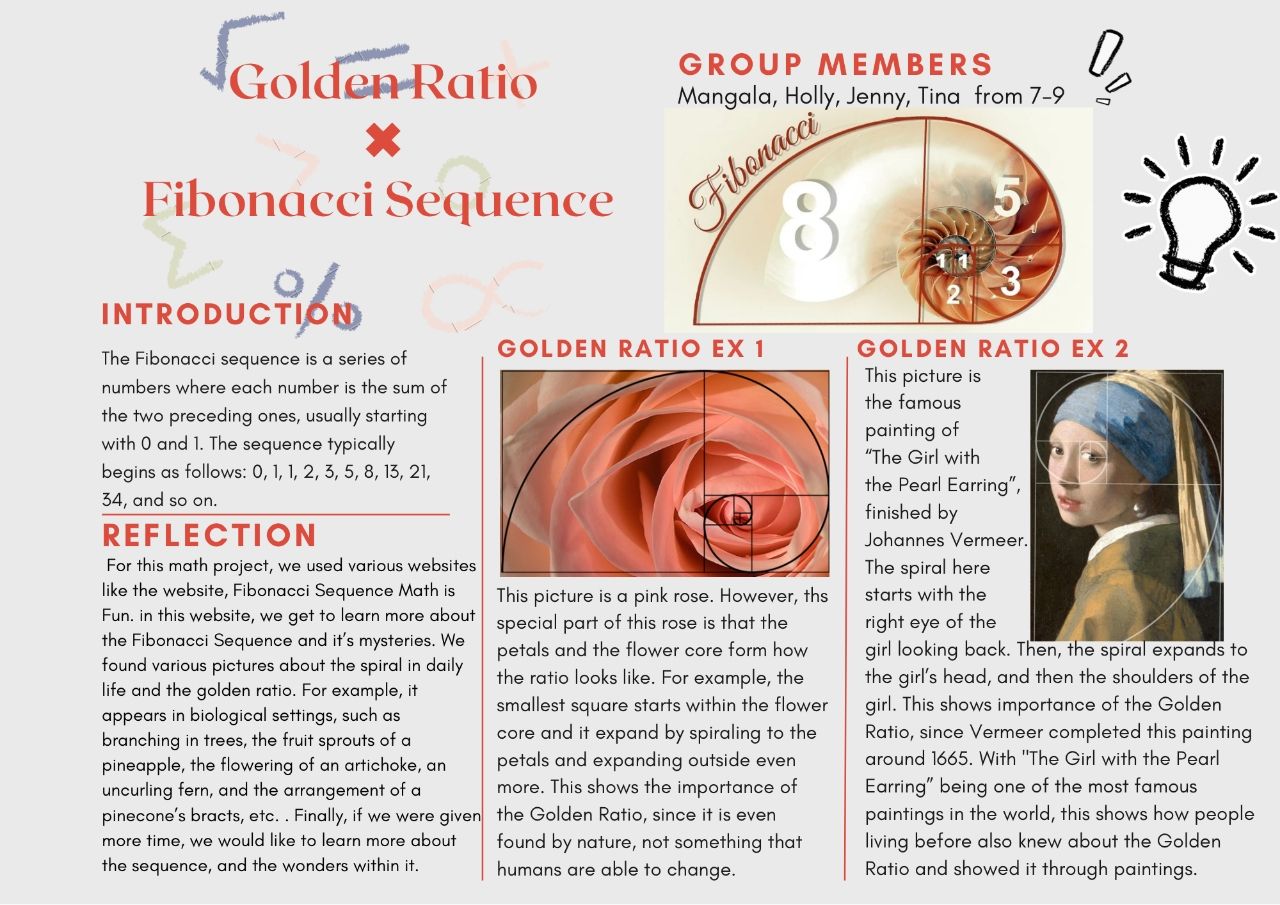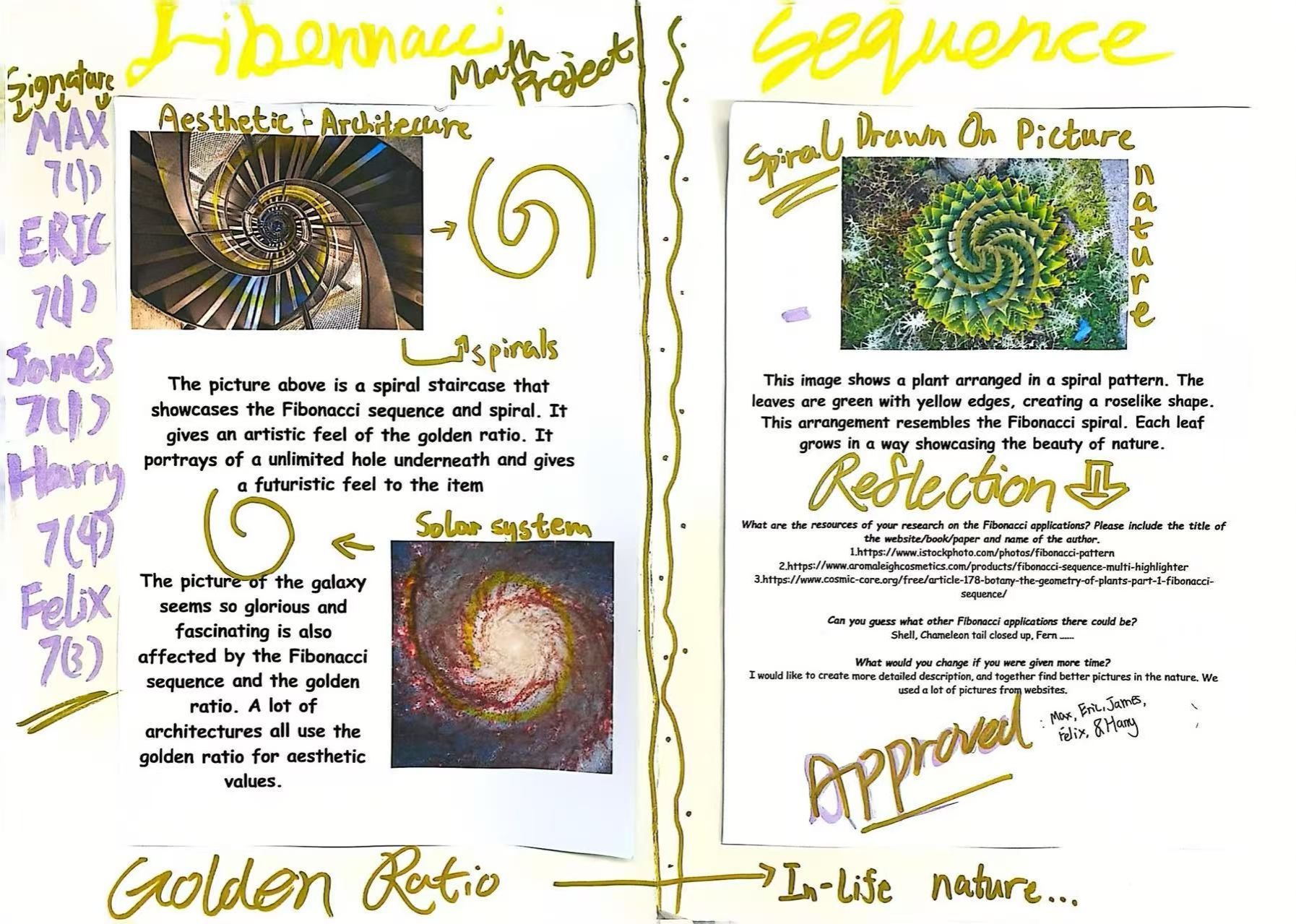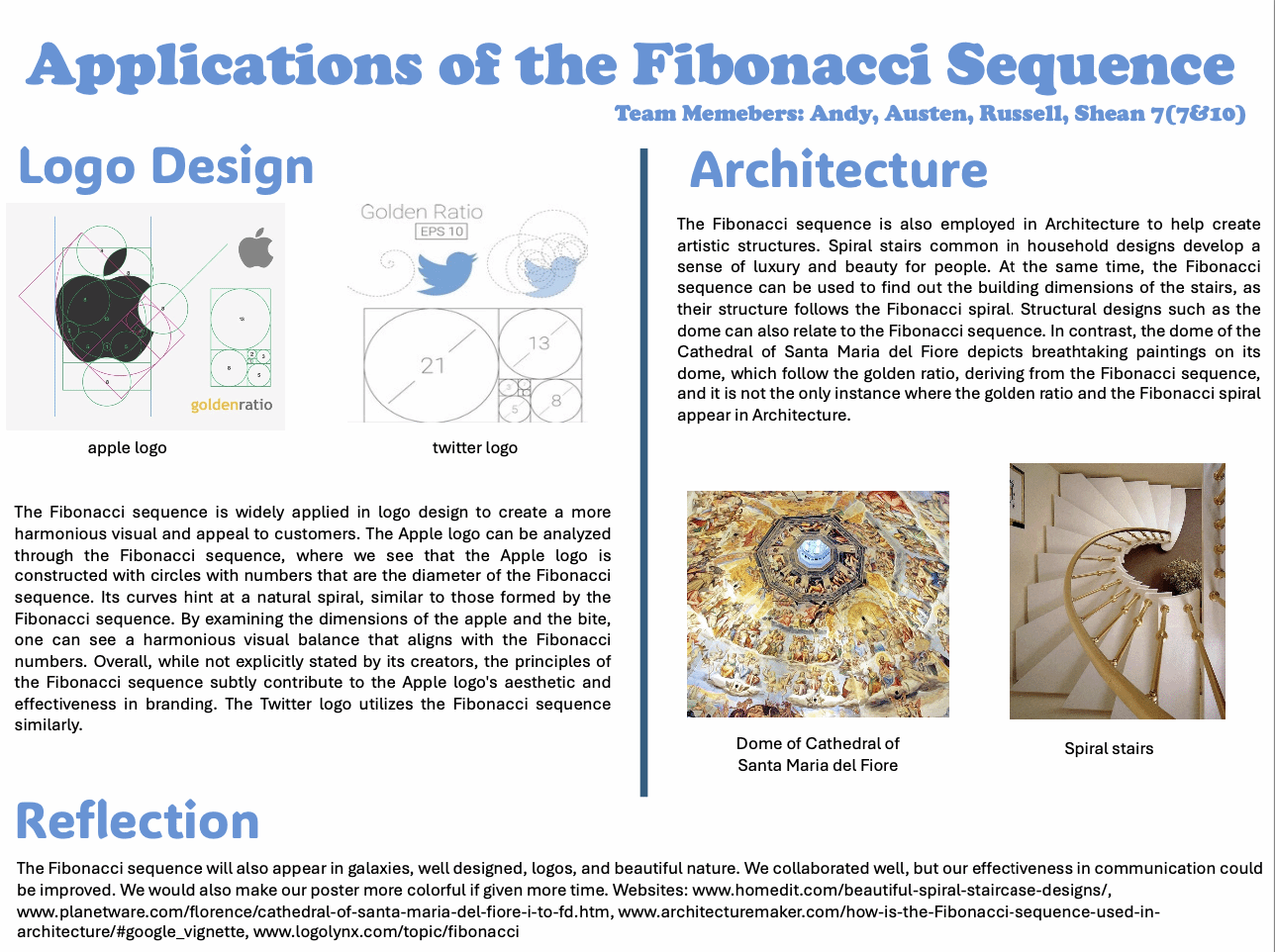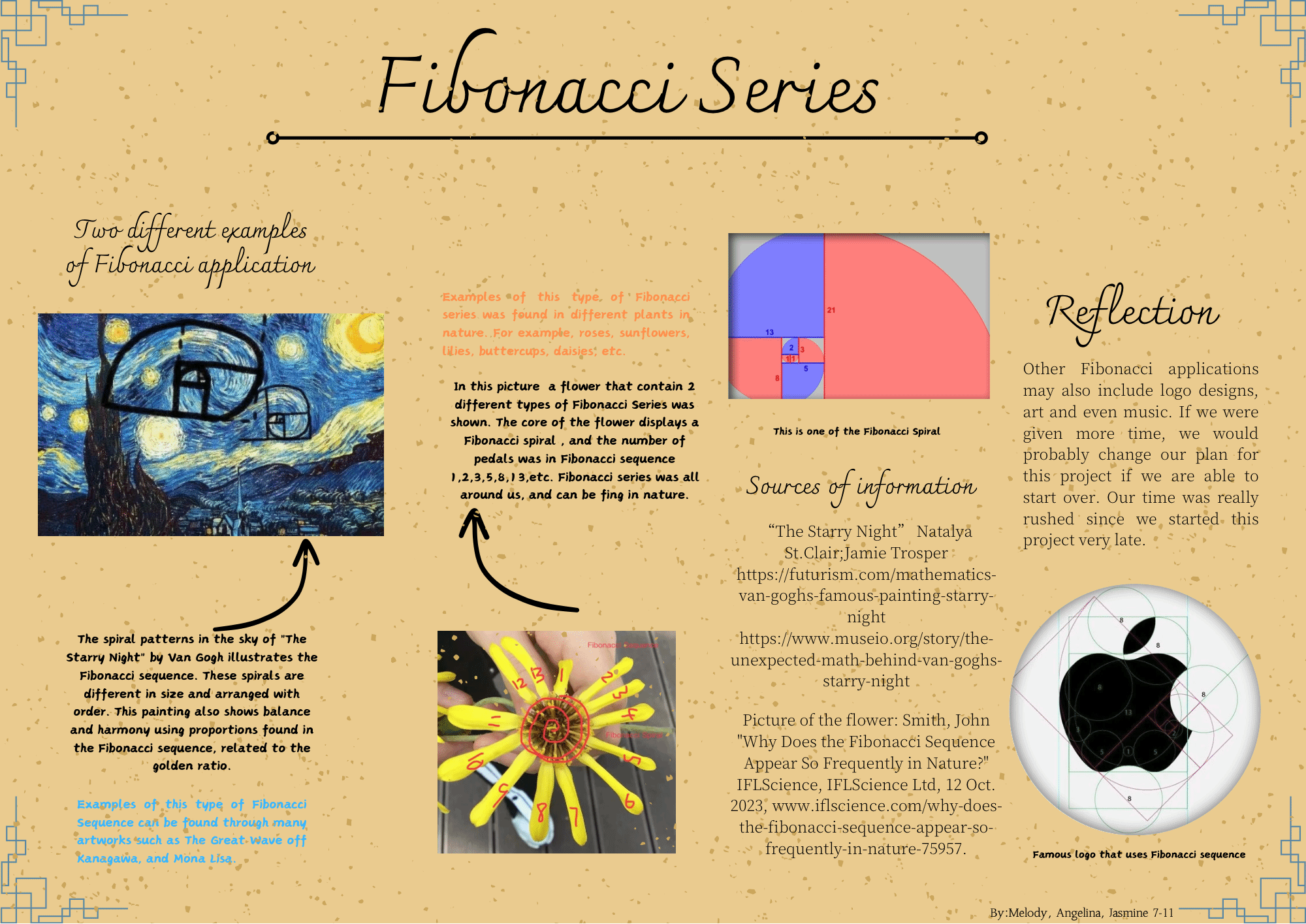-
ABOUT US
-
ACADEMICS
Curriculum Program
Departments
- English
- High School Chinese
- Primary and Junior School Chinese.
- High School Mathematics
- Middle School Mathematics
- Primary School Mathematics
- Music and Fine Arts
- Physical Education
- Physics
- Chemistry
- History and Geography
- Physical Science and Optional courses Department
- Middle School Biology
- High School Biology
- Social Sciences
- Computer Science
- Courses in Primary School
Achievements and Matriculations
College Counseling
Science & Technology Innovation Contest
-
ARTS
-
ATHLETICS
-
AT SHSID
SHSID ∣ TIMES
PTSA
Club Exhibition
- 龙吟社
- Live 2 Drama
- Choir
- Hip-pop Dance Club
- The Primary School Dance Troupe
- Symposiums Club
- Biology Workshop
- You Shan
- VEX Robotic
- Peking Opera Club
- Baseball Club
- Model United Nations
- The World Scholar’s Cup
- Future Problem Solving Club
- United States Academic Pentathlon
- OM Club
- AMC Club
- Music for Patients
- SHSID Gazette
- Smile Charity
- Cultural Moments
- SciAcademy
- Stem Doge Alliance
- Chinese Debate Club
- IAA
- Mock Trial Club
- Zhengming Club
- Art-to-zine
- Bananaheads
- Electronics
- Furry Friends
- GT-Racing
- MCG Philharmonics
- Village Radio
- IMMC Club
- Creative Design and Intelligent Fabrication
- Future City Research Project
- ECOCAP
- AdvocaSEA
- SPDC
- Medishine
- Floorball Club
- Animusic MTC
- Wings Up
Health and Wellness
Campus Safety
Cafeteria Service
-
ADMINISTRATION
-
ADMISSIONS
-
ALUMNI
Alumni Information
Honors Students
- Class of 2024
- Class of 2023
- Class of 2022
- Class of 2021
- Class of 2020
- Class of 2019
- Class of 2018
- Class of 2017
- Class of 2016
- Class of 2015
- Class of 2014
- Class of 2013
- Class of 2012
- Class of 2011
- Class of 2010
- Class of 2009
- Class of 2008
- Class of 2007
- Class of 2006
Who Studied at SHSID
SHS Foundation
-
DOCUMENTS
Middle School Mathematics Department | The Harmony of Numbers: Exploring the Fusion of Fibonacci and Art
Mathematics is an endless journey through the realms of logic and beauty. It resonates with the rhythms of nature and the precision of reasoning. The recent 7th-grade math project centered on the Fibonacci Sequence, beginning with the classic rabbit reproduction problem. This problem guided students into the captivating intersection of mathematics and art.
Through observation and calculation, students discovered these numbers are not confined to paper but are embedded in nature’s intricate patterns. For example, the three petals of a lily, the five petals of a wild rose, the eight petals of a daisy—all reflections of nature’s mathematical symphony. These patterns are inevitably linked to the golden ratio (ϕ ≈ 1.618), revealing a profound connection between mathematics and the natural world.



Building on theoretical foundations, the classroom embraced inquiry-based, participatory, and interactive teaching methods that shifted students’ focus from abstract formulas to solving real-world problems. Engaging activities, such as the Red Queen’s troop puzzle from Alice’s Adventures in Wonderland and constructing golden spirals, encouraged students to observe, analyze, and articulate mathematical phenomena. These exercises honed their logical reasoning skills, deepened their understanding of math's visual and structural elegance, and inspired critical exploration of problem-solving.
As the lessons progressed, students delved into the aesthetic significance of the golden ratio. From the proportions of famous portraits to masterpieces like Leonardo da Vinci’s Vitruvian Man and the Parthenon, they discovered how the golden ratio underpins harmony in art and architecture. Using hands-on measurements and creative drawings, students sought to integrate this timeless mathematical beauty into their own work.


In the culminating phase, students collaborated in teams to design and create tangible models and artistic representations based on the Fibonacci sequence. They crafted three-dimensional spiral models, dynamic digital images, and art pieces blending nature and mathematics. This iterative process of designing, testing, and refining enhanced their ability to apply mathematical knowledge across dimensions while fostering critical thinking and adaptability.
In the melody of numbers, we hear echoes of nature; in the grace of proportions, we feel the pulse of art. This mathematical exploration transcended equations and formulas, igniting students’ passion for beauty. Through guided learning, they came to realize that mathematics is not only a rational science but also a vital force shaping the aesthetics of art and nature.
Written by Wei Xu
Pictures by Grade 7 math teachers
Edited by Cong Luo
Reviewed by Cong Luo, Emma Hackett